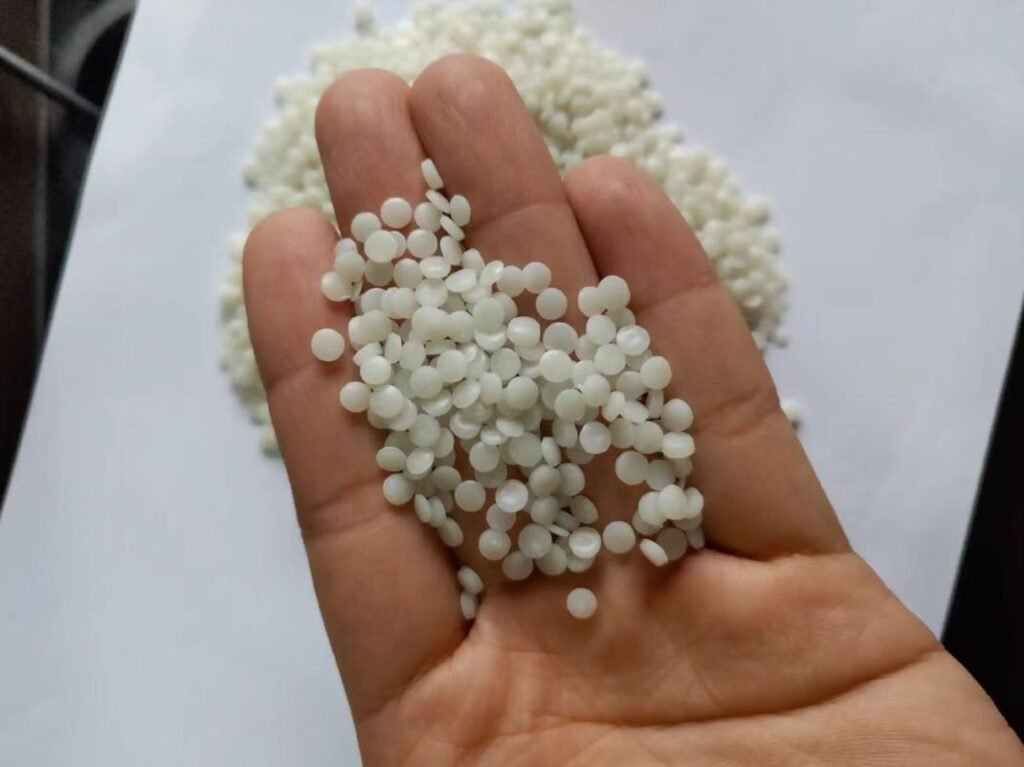hyperspectral camera scans the plastic fragments on the assembly line, and the pneumatic nozzle accurately separates polymer particles of different colors – the purity has reached 98%.
As the global plastic pollution problem intensifies, purification and regeneration technology is transitioning from “simple sorting” to “molecular purification”. When cross-border e-commerce companies deploy environmentally friendly supply chains, mastering cutting-edge impurity removal technology can not only improve product compliance, but also seize the core competitiveness of the green consumer market. The following are the latest breakthrough solutions and implementation paths:
1. Mainstream impurity removal technology: from sorting to dissolution and regeneration
Hyperspectral sorting technology: The near-infrared (NIR) sorting system developed by Prodecologia uses the Specim FX17 camera to scan the spectral characteristics of plastic fragments and identify polymer types such as PET, PVC, PE, and PP in real time. The pneumatic nozzle separates impurities at a rate of 600-700 kg/hour, with a purity of more than 98%, especially suitable for mixed waste plastics.
Dissolution regeneration method: For difficult-to-process plastics such as polypropylene (PP), xylene or tetralin is used as a solvent to dissolve the plastic raw materials in a temperature-controlled reactor and filter impurities such as pigments and adhesives <1 micron. Antisolvents (such as alcohols) are added to recrystallize the plastic to obtain colorless regenerated particles. This method reduces energy consumption by 50% compared to the production of virgin plastics.
Deep purification filtration: In the resin production process, the insulated bag filter intercepts particles through multiple layers of filter bags while maintaining a stable temperature (to avoid resin denaturation). By optimizing the filtration speed and pressure parameters, the impurity removal rate can be improved, which is suitable for medical or food-grade plastic production.

2. Innovative solutions: From microplastic capture to intelligent framework separation
Ferrofluid microplastic removal: A solution invented by young Irish scientist Fionn Ferreira: Injecting magnetic fluid (containing oil and ferroferric oxide) into water containing microplastics, and removing them after magnetic adsorption – experiments have shown that 87% of microplastics can be removed, and they may be integrated into the drainage system in the future.
Molecular sieving materials: The metal organic framework material (NKMOF-14) developed by the Nankai University team uses a 0.8 nanometer pore size and hydrophobic properties to efficiently adsorb ethane impurities in a wet environment, producing polymer-grade ethylene with a purity of 99.95% in one step.
3. Enterprise landing strategy: technology integration and content dissemination
Equipment selection recommendations
Handling mixed waste plastics: Prioritize the deployment of hyperspectral sorting machines (such as Prodecologia NIR separators), which need to match pneumatic systems and AI classification algorithms
Production of high-purity PP/PE: Introduce dissolution-recrystallization production lines, focusing on controlling solvent recovery rates (closed-loop systems can reduce losses by 90%)

Cross-border content dissemination matrix
Theme planning: Create short videos/pictures and texts based on technical highlights (such as “98% purity” and “microplastic removal”), and compare the carbon footprints of traditional landfill and recycling technologies
Platform distribution: Display technical animations through Facebook/Instagram; publish white papers on LinkedIn; TikTok focuses on youth innovation cases (such as ferrofluid solutions)
Data optimization: Use Yimei Assistant to monitor the popularity of keywords “plastic purification” and “recycling tech” and adjust multilingual content8
4. Industry trends: dual drive of policy and technological innovation
The EU has legislated to ban the sale of products containing microplastics (2023), and China’s “dual carbon” policy includes recycled plastics in the green certification system. Cross-border e-commerce companies need to focus on:
Black plastic sorting bottleneck: Prodecologia is developing a medium-wave infrared camera (Specim FX50MWIR) to solve the problem of black plastic identification
Solvent recycling scale: 12 new dissolution production lines will be added worldwide in 2025, mainly processing medical PP waste
Science writer Adam Smith pointed out in “Circular Economy Revolution”: “The ultimate goal of plastic purification is not to remove impurities, but to remove the concept of “waste” itself.”
The current breakthrough in recycling technology is turning plastics from linear consumables into a circular resource that will never leave.
